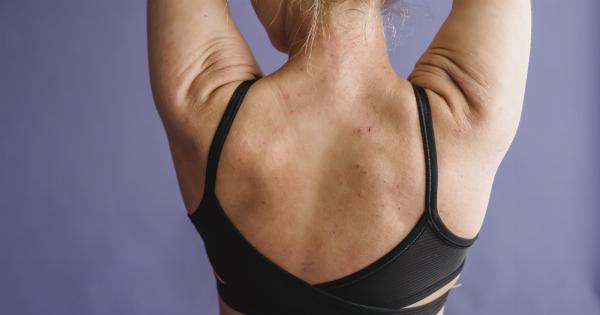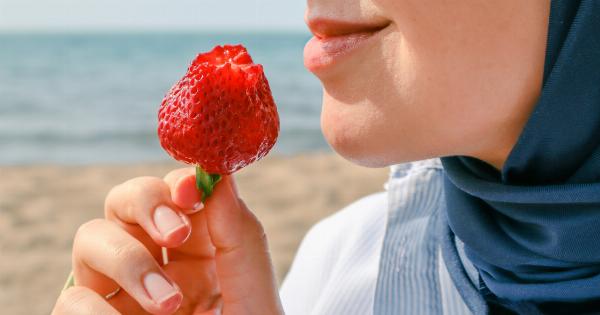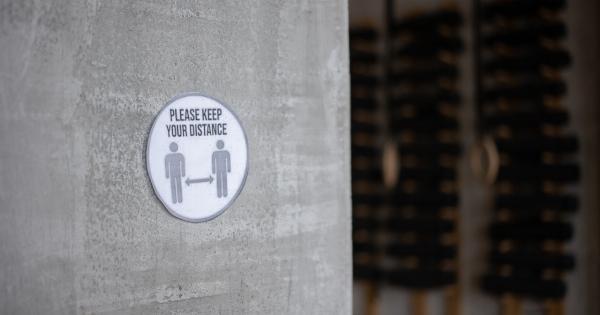The female anatomy has been a topic of fascination and speculation for as long as human beings have existed. Unfortunately, this fascination has led to numerous myths and misconceptions about the female body that persist to this day.
Myth 1: The Hymen is a Sign of Virginity
Contrary to popular belief, the hymen is not a reliable indicator of virginity. The hymen is a tissue that partially covers the vaginal opening and can be stretched or torn in a variety of ways, not just through sexual intercourse.
Some women are born without a hymen, while others may have a hymen that remains intact despite sexual activity. Therefore, it is not possible to determine whether a woman is a virgin based solely on the state of their hymen.
Myth 2: Women Cannot Urinate During Sex
Another common misconception about female anatomy is that women cannot urinate during sex. This is simply not true, as the urethra (the tube that carries urine out of the body) is separate from the vagina.
It is possible for some women to experience incontinence during sex, but this is due to weak pelvic floor muscles rather than any anatomical limitation.
Myth 3: The G-Spot is a Magic Button
The concept of the G-spot has been around since the 1950s, but its existence remains a controversial subject.
While some women report experiencing intense pleasure from stimulation of a small area on the front wall of the vagina (known colloquially as the G-spot), not all women are able to locate or stimulate this area. Moreover, the idea that the G-spot is a magic button that can lead to earth-shattering orgasms is simply untrue – every woman’s body is different, and what works for one person may not work for another.
Myth 4: Menstrual Blood is Dirty
Another common misconception about female anatomy is that menstrual blood is dirty or impure. In reality, menstrual blood is a natural bodily fluid that is composed of blood and tissue shed from the uterine lining.
While it may not be the most pleasant thing to deal with, menstrual blood is not harmful or unsanitary.
Myth 5: Breast Size Determines Breastfeeding Ability
Finally, there is a pervasive myth that breast size determines a woman’s ability to breastfeed. This is simply not true, as breast size is determined by the amount of fatty tissue present in the breasts, not the amount of milk-producing glands.
In fact, women with smaller breasts may actually have an easier time breastfeeding, as their nipples may be better positioned for optimal latching.
Conclusion
The female anatomy is a complex and fascinating subject, but it is important to separate fact from fiction when it comes to common myths and misconceptions.
By debunking these top five myths about female anatomy, we can move towards a better understanding of women’s health and sexuality.




























